Here’s my pretty checklist of the garden chores that I should be working on in January. I’m giving myself and hopefully anyone reading this a little nudge to help make the springtime rush a little less crazy.
January is cold and there are still fewer than 10 hours of light each day. The holidays are over and the weather is telling us to hibernate. It is so very tempting to just let the garden go untouched and let all gardening tasks wait until next month or even until spring time. Let’s not give in to that temptation! Roll up your sleeves or grab your snowpants and let’s get busy! We’ll be glad we did when the spring rush is on.
Hint: Is greater preparedness or self sufficiency one of your goals for the new year? If so, check out this detailed Pantry Inventory Workbook to help you organize your supplies and see what else you might need.
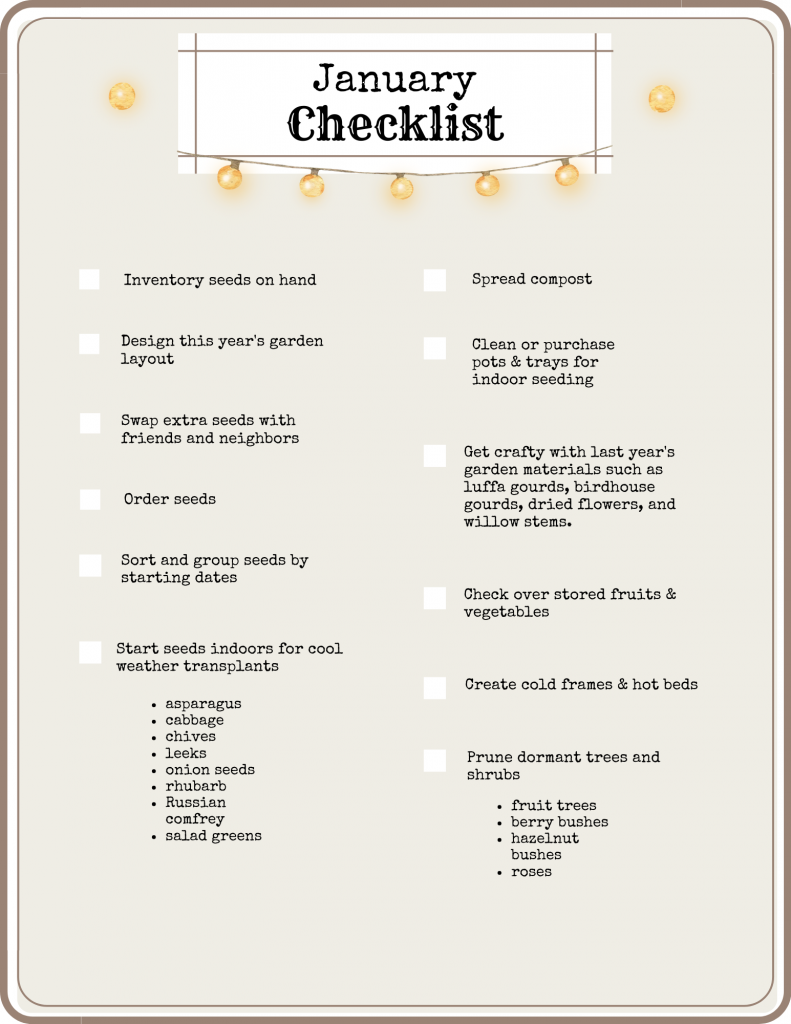
1. Spread compost and manure
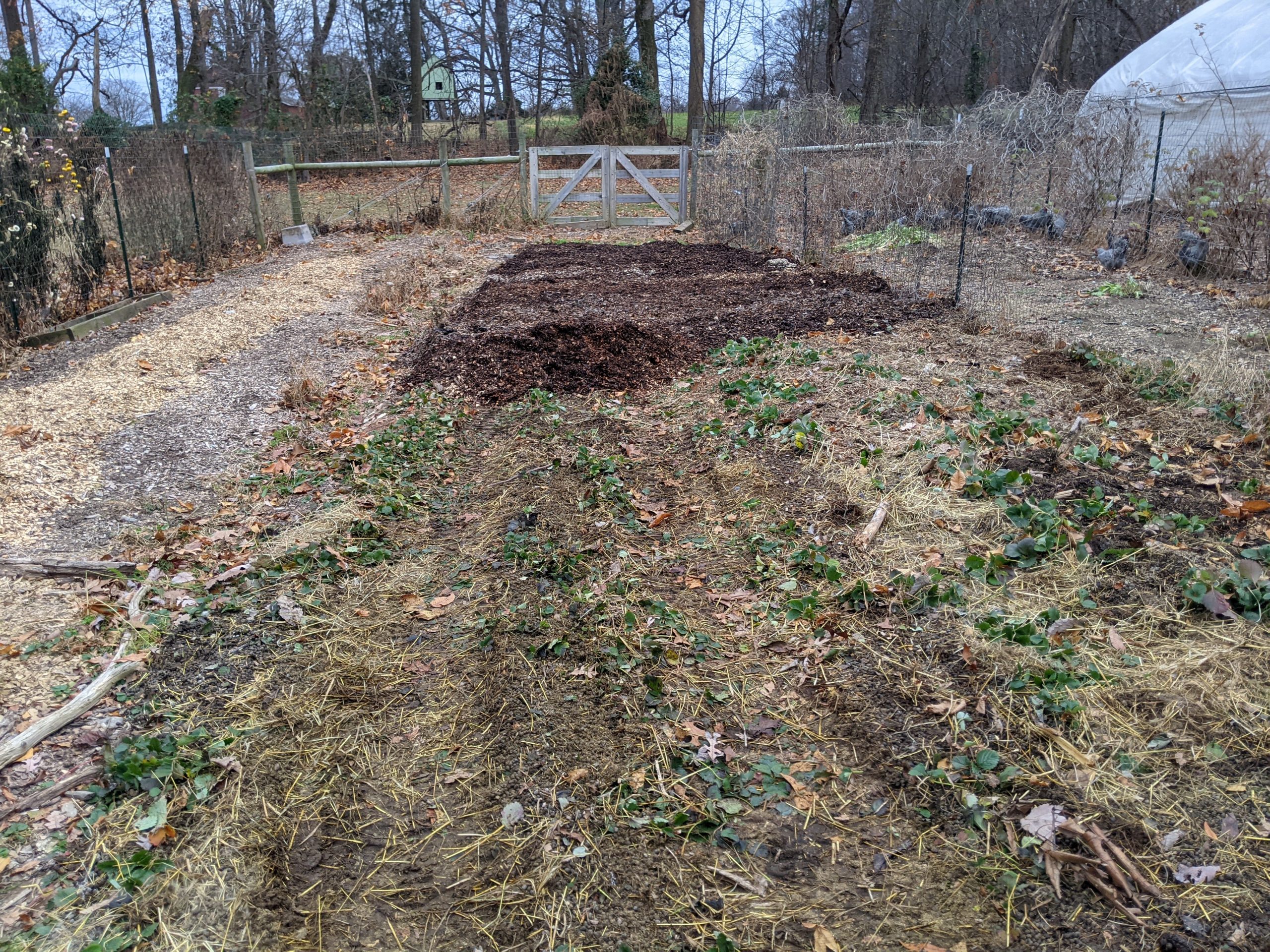
Fall and winter are the ideal time to spread compost and manure. I use rabbit manure so it’s not too “hot” (high in nitrogen) and does not burn the plants. But for other types of fresh or semi fresh manure getting it spread in the fall gives it time to start to compost and the worms can get right to work on it. I do a lot of lasagna gardening — using layers of cardboard, manure, and wood chips or old hay to suppress weeds and nourish the soil. The forced slow down of weeds and grasses in the winter gives me a chance to catch up on covering weedy spots and creating new beds.
2. Clean pots and trays in preparation for seed starting
I buy my trays and pots from Nolt’s Greenhouse Supply company. It’s a bit of a drive for me, but I like to go up to Lancaster a couple of times a year to stock up on other supplies as well. Nolt’s is the company that we bought our high tunnel from. They have a neighborly feel and excellent customer service.
Despite Nolt’s good prices, I also try to reuse as many of my plug trays and pots as possible from year to year. I wash them in a diluted dish soap and bleach solution to sterilize them.
The photo below shows my daughter and her friend scrubbing trays for me in the fall. I’m usually overwhelmingly busy with canning and harvesting then.
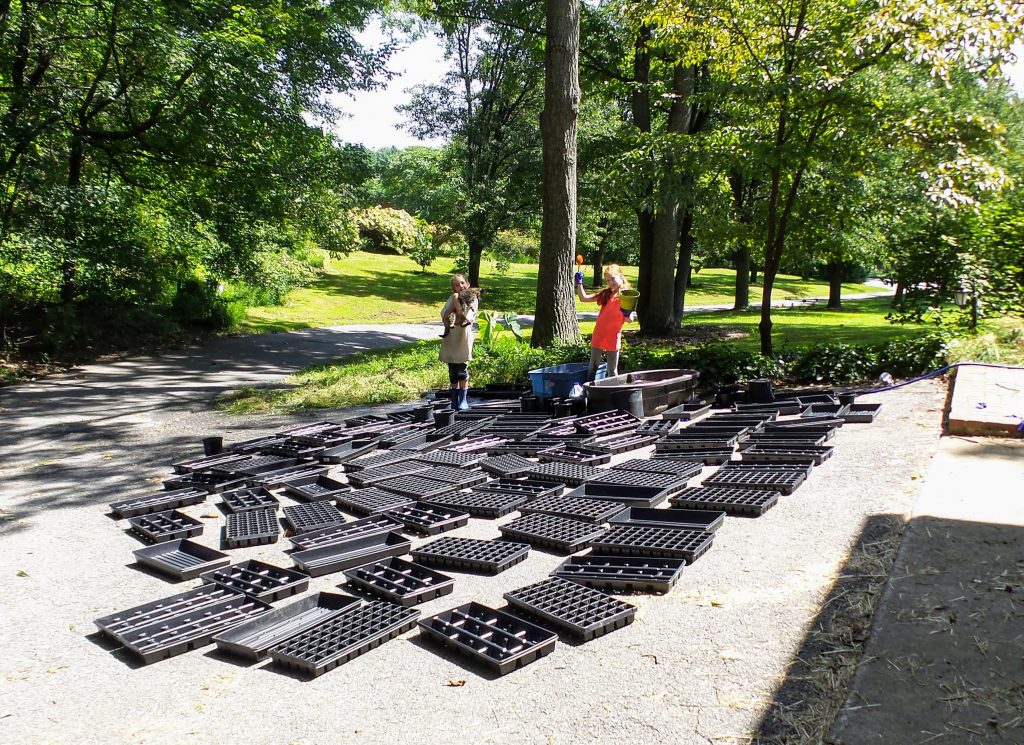
So as more often happens, a warm-ish winter day is the best time for me to tackle this task. By all means, get it done earlier if you can fit it in while the weather is more cooperative or if you have good helpers. Otherwise, I also end up doing it piecemeal in my utility sink, which makes a mess and much more time consuming.
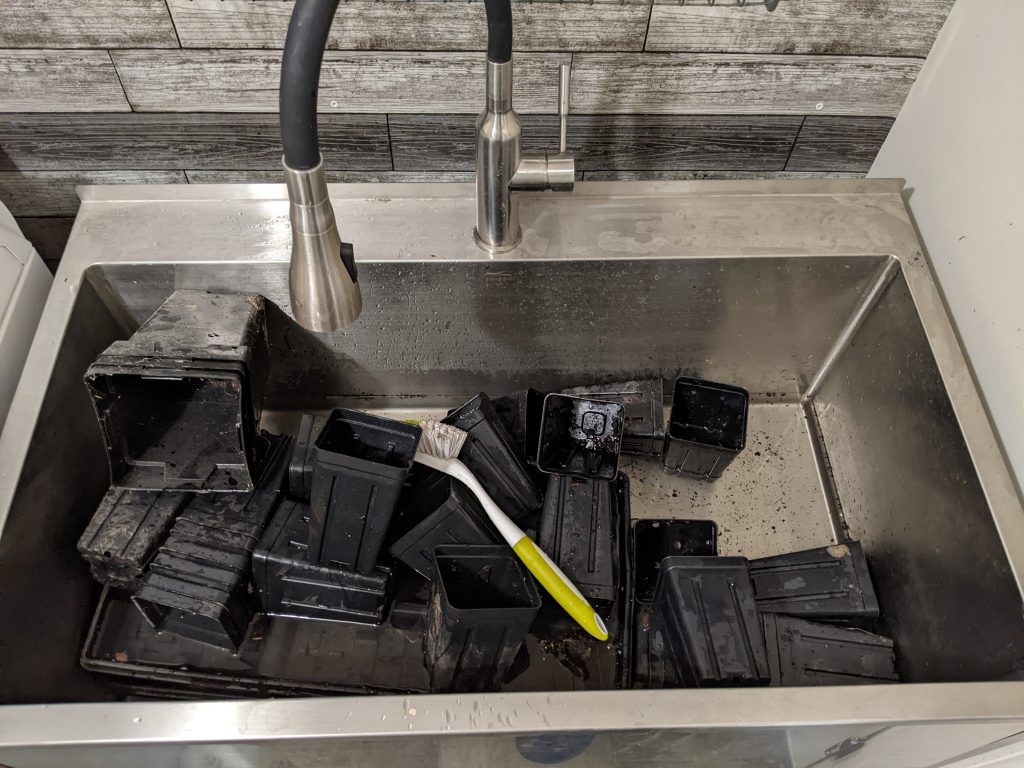
Cleaning seed trays and pots
3. Inventory seeds on hand

This task sounds like such a struggle when you have a lot of seeds as (ahem) some of us do! I tried to make it easier and more interesting for myself by creating this free printable. It includes information such as how many seeds you need for a 100 ft row and a seed shopping list. Hopefully, the inventorying process will help you save on shipping costs and headaches since you’ll know exactly what you need to order more of.
4. Design this year’s garden layout
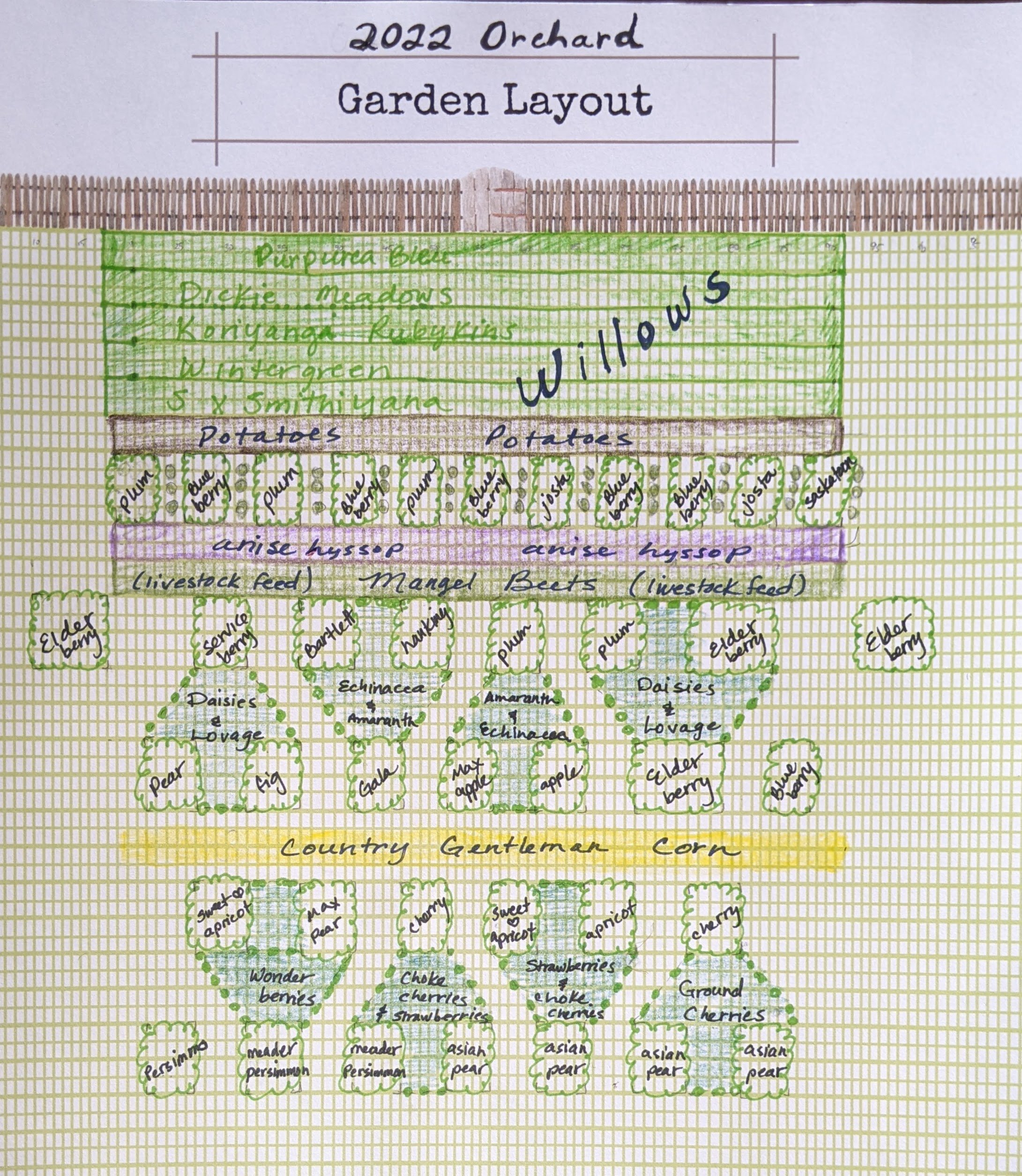
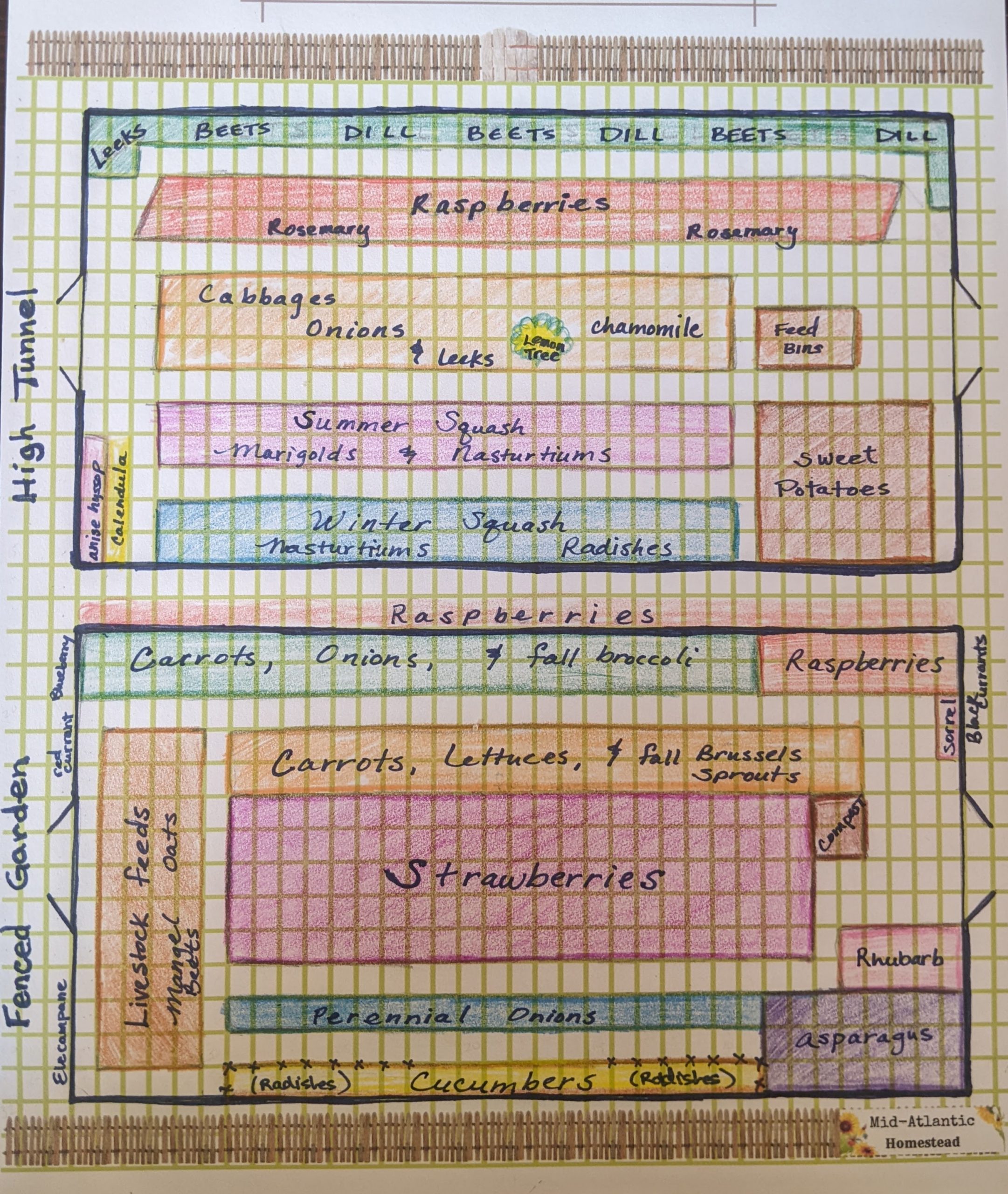
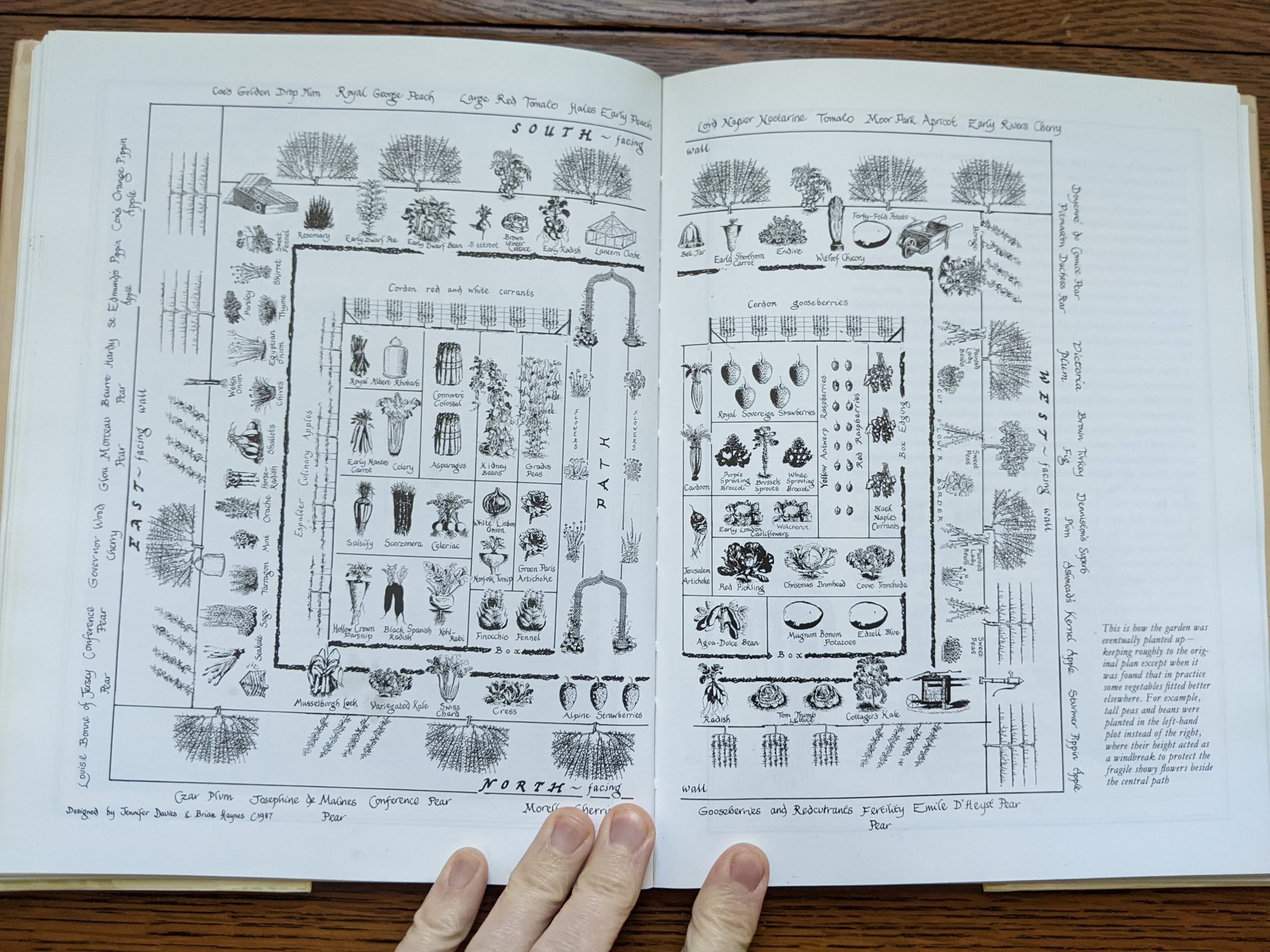
The Victorian Kitchen Garden
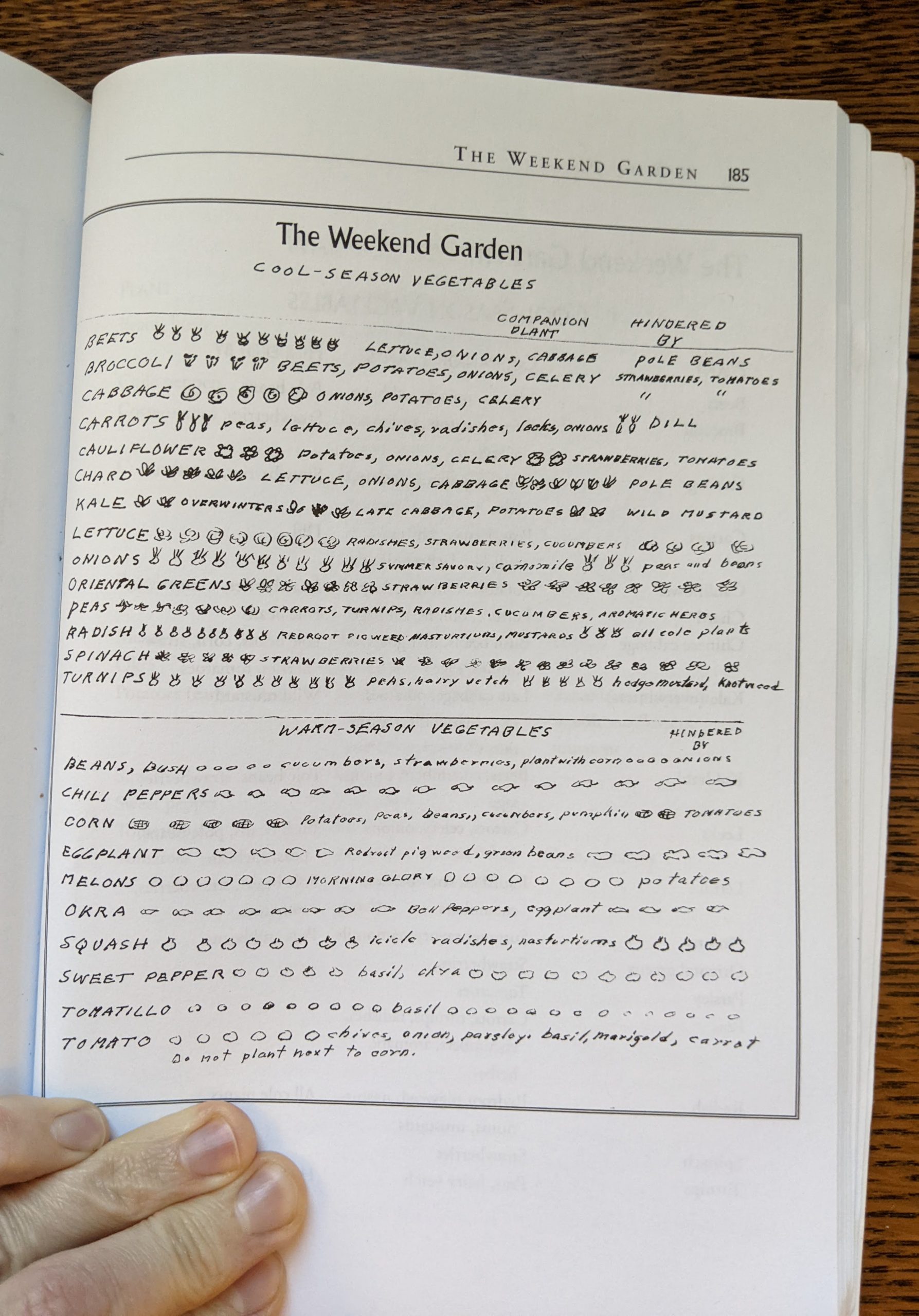
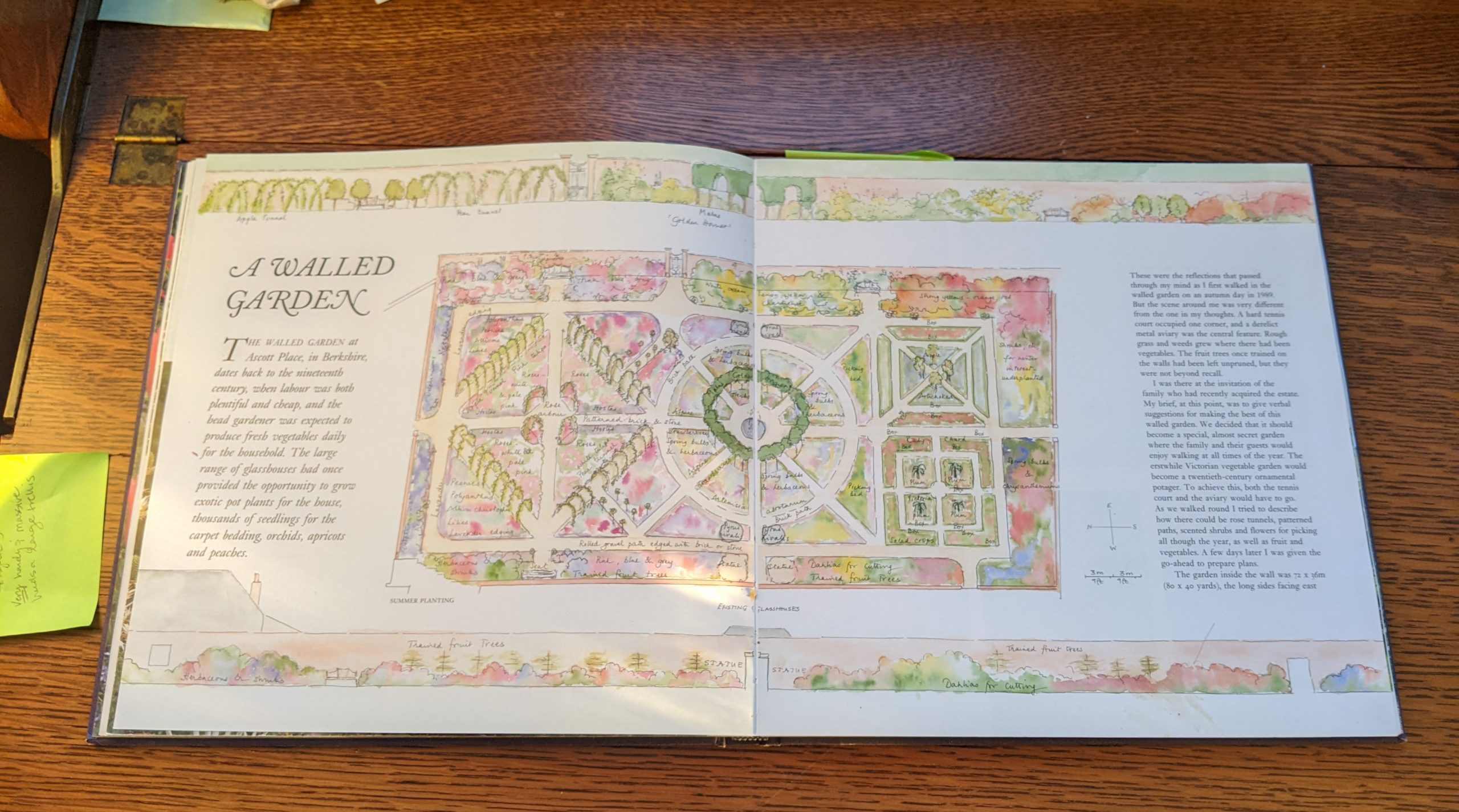

I am a little obsessed with garden design books. I describe to my three favorites in this post. I love trying to imitate the grand old fashioned walled gardens in my own small way.
I also created this little garden layout printable to work out my designs on.
5. Order seeds
I’ve actually started ordering my seeds a little earlier (in November last year!) since there were a lot of shortages as the pandemic has helped people realize the value of self sufficiency. My go-to seed companies are: RH Shumway, Southern Exposure Seeds, Johnny’s Seeds, and Baker Creek Seeds.
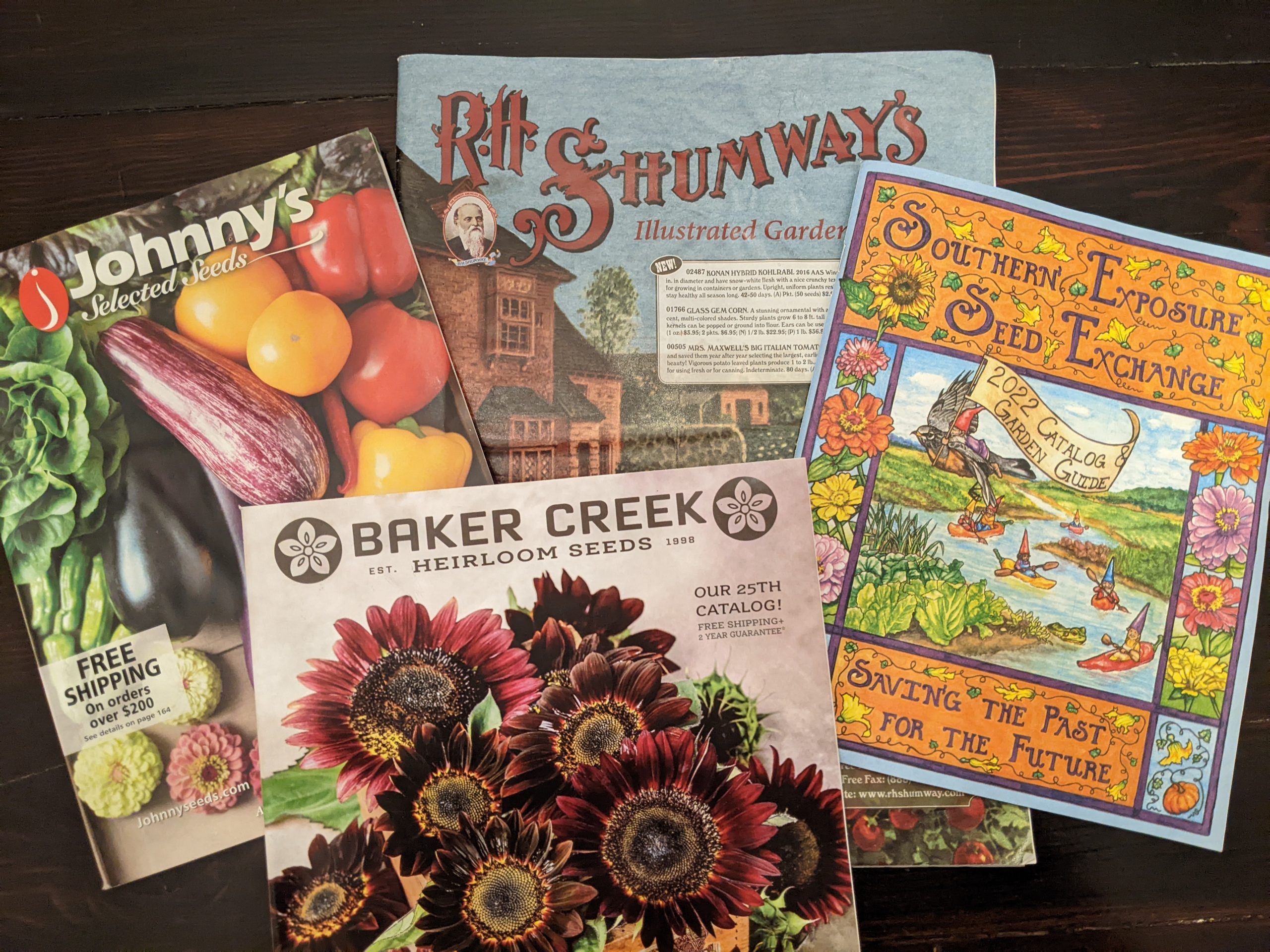
6.Sort seeds by starting date
I have found that I become very scatterbrained about my seed planting from around March – September :). The only way to keep things moving forward in an organized way is for me to do a lot of organizing and planning BEFORE the garden season gets rolling. For the past several years I have been grouping my seeds by starting dates. This year I made it look a little nicer than usual with cute divider cards AND I made myself I seed starting schedule. You can find out more about that and get the free printable here.

7. Start seeds indoors for cool weather transplants
Late January is a good time to start a few cool weather crops for transplanting undercover in March. Veggies that I like to start very early are onions, cabbages, asparagus or rhubarb (if starting from seed), Russian comfrey from root cuttings, and chives.



Certain types of flowers and herbs require a period of cold stratification. I like to plant them in pots and set them outside to stratify naturally. A few of my favorites in this category are: catmint (nepata, not catnip), echinacea, rudbeckia, St. John’s wort, hyssop, anise hyssop, larkspur, violas, and yarrow.
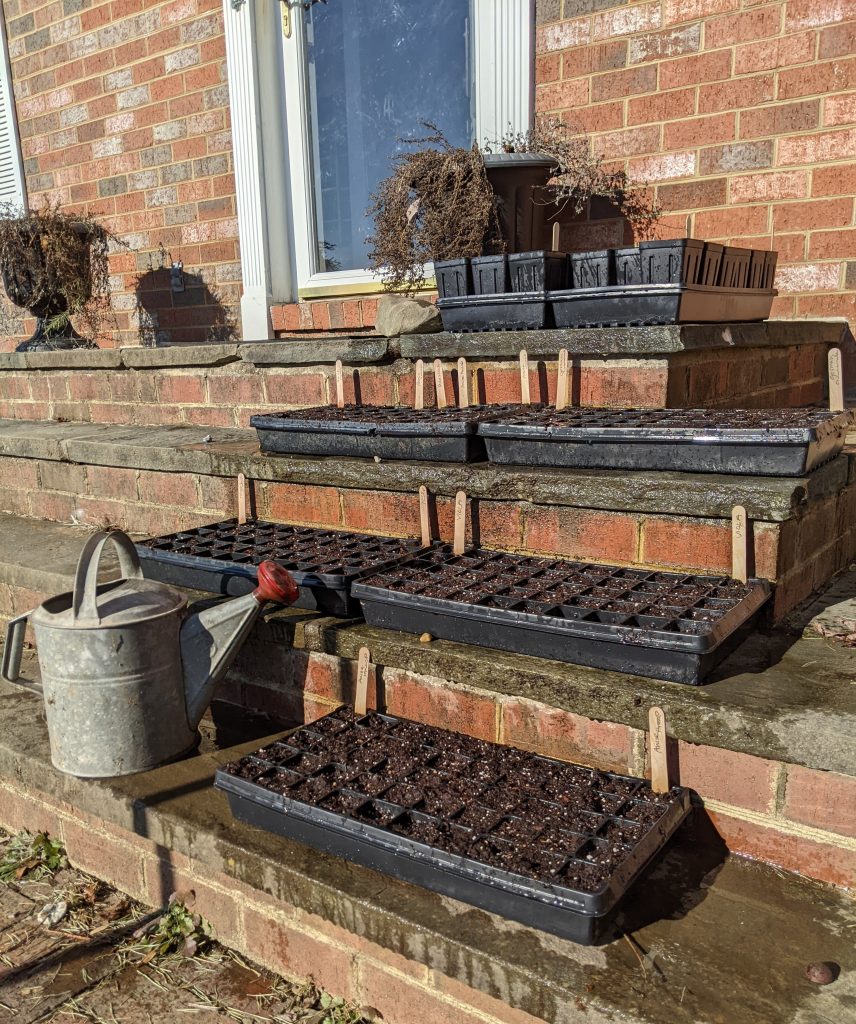
8. Prune dormant trees and bushes
January and February are a good time to prune fruit trees and bushes. I have a few trees like my figs, that I prefer to prune and get settled in late fall, but winter is the best time to prune apples, pears, cherries, blueberries, currants, gooseberries. I learned last year that stone fruits (like peaches, apricots, and plums) do best when pruned in the spring after the petals fall off.



9. Create cold frames and hot beds
I have used low and high tunnels, milk jug green houses, and fleece row covers. But building a real hotbed in the traditional way is STILL on my list of goals. If you are interested in any of these types of season extenders though — Niki Jabbour’s book on the subject, Growing Under Cover, is fabulous and I highly recommend it.
I like to plant my onions from seed and planting in January gives them a good head start — like these milk jug greenhouses of onions.





10. Check on stored fruits and vegetables
Our orchard is still too young to supply us with much fruit, but I like to visit our local Amish market and buy a couple bushels of apples and pears when the weather turns cold. We have a cool storage area in the garage where fruits and veggies keep well. Some things I’ve learned from storing out there:
Keep things as spread out on the shelves as possible — a single layer of fruit per shelf, if you have the space.
Don’t store onions or apples too close to anything else. They both emit ethylene gas that can speed the ripening (and rotting) of other fruits and veggies close by.
Pull the rootlets off of the potatoes if they sprout. They will keep longer.
If temps might drop below freezing in you garage or cold storage space of choice, keeping things in cardboard boxes adds a layer of insulation, is simple, and is breathable.




Leave a Reply